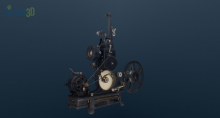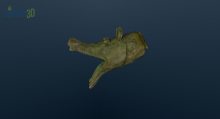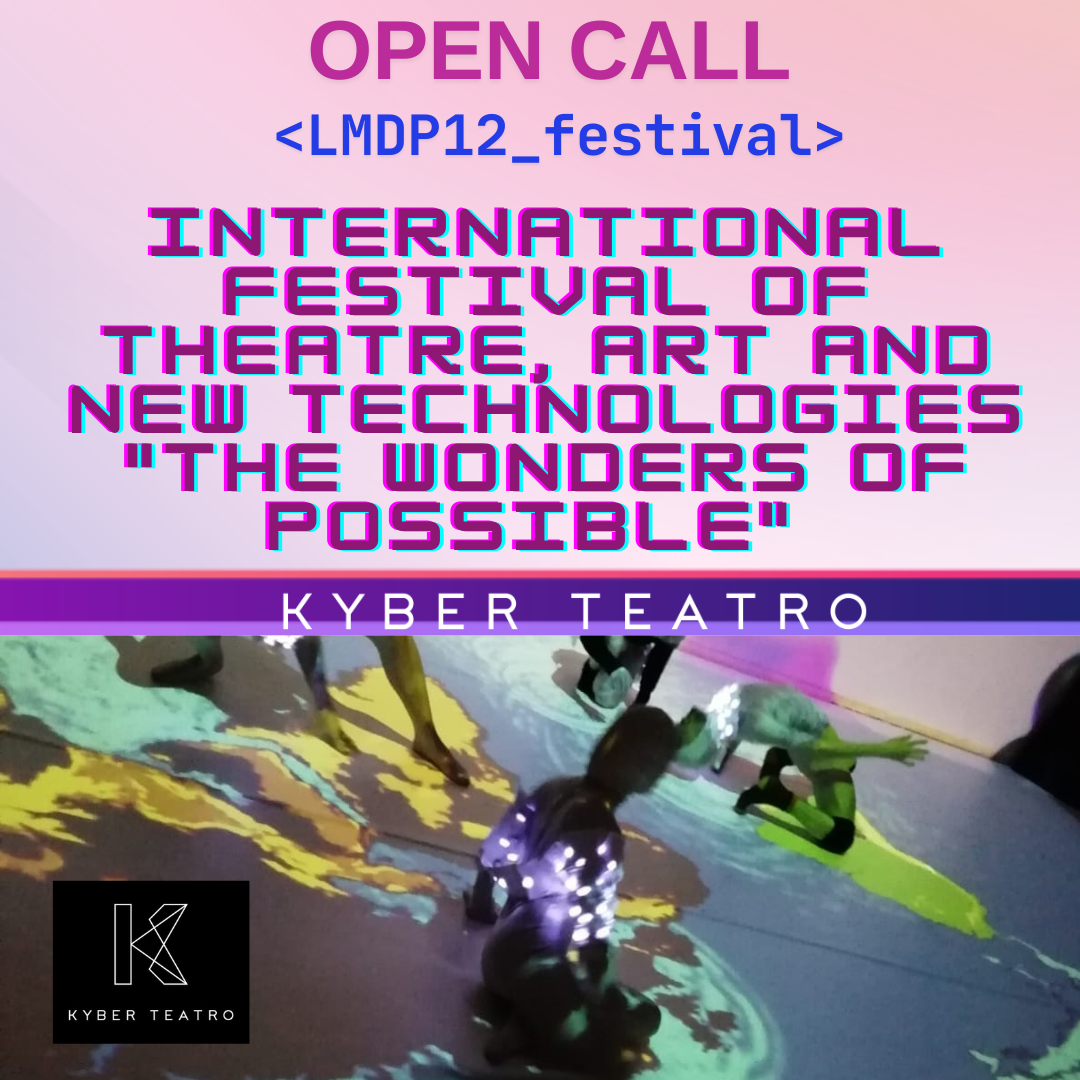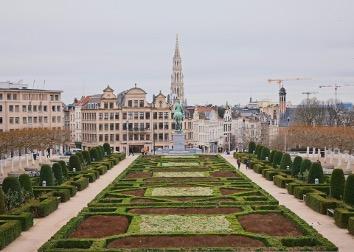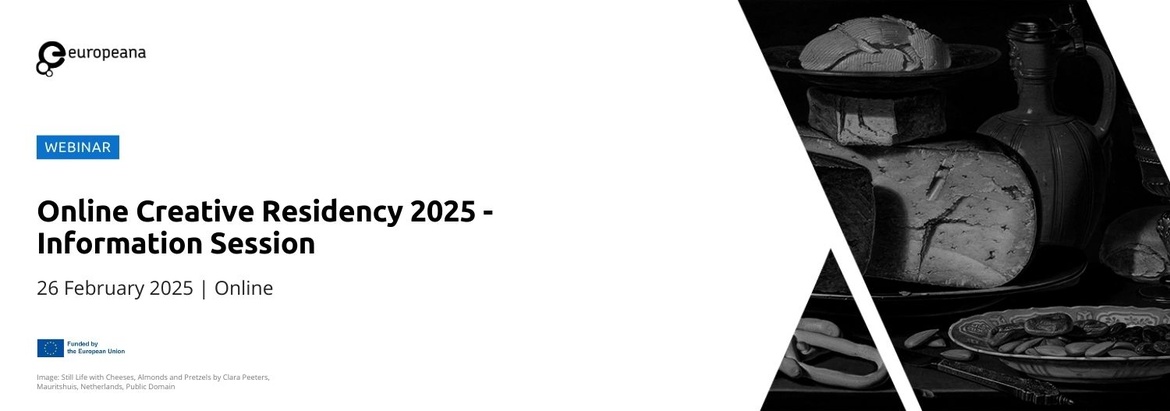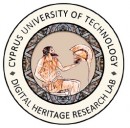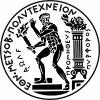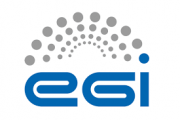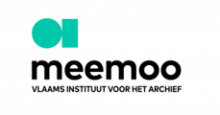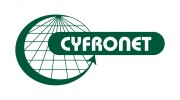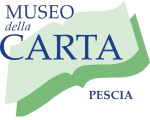The UNESCO Chair on Digital Cultural Heritage at Cyprus University of Technology, one of the key partners the EUreka3D project, has officially handed over an online platform dedicated to the holistic digitisation of Fikardou village to its community. A post about this initiative recently appeared on CORDIS, the European Commission’s website dedicated to showcase the most important research results of EU funded projects.
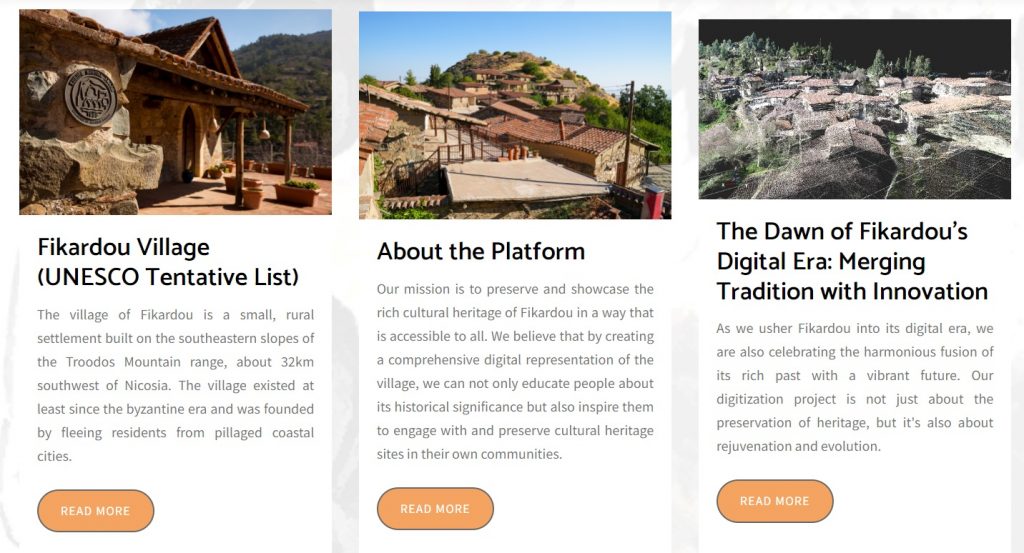
The platform will be used to record the community’s memory and tangible heritage so as to enhance tourists and researchers’ understanding and appreciation of the importance of this village. Located on the south-eastern slopes of Cyprus’ Troodos Mountains, about 40 km south-west of Nicosia, Fikardou is a village that has preserved its traditional mediaeval characteristics. The village is on the Tentative List of UNESCO World Heritage Sites and has been declared an ancient monument by Cyprus’ Department of Antiquities.
The platform’s development was also made possible through the contribution of the EUreka3D project funded under the EU’s Digital Europe Programme, and with knowledge gained from the EU’s VIGIE 2020/654 ‘Study on quality in 3D digitisation of tangible cultural heritage’.
Read thefull post on CORDIS website





